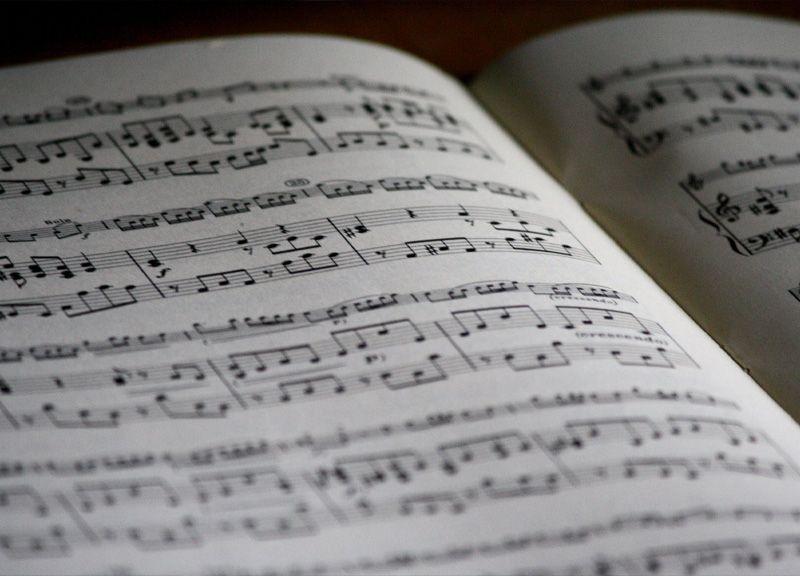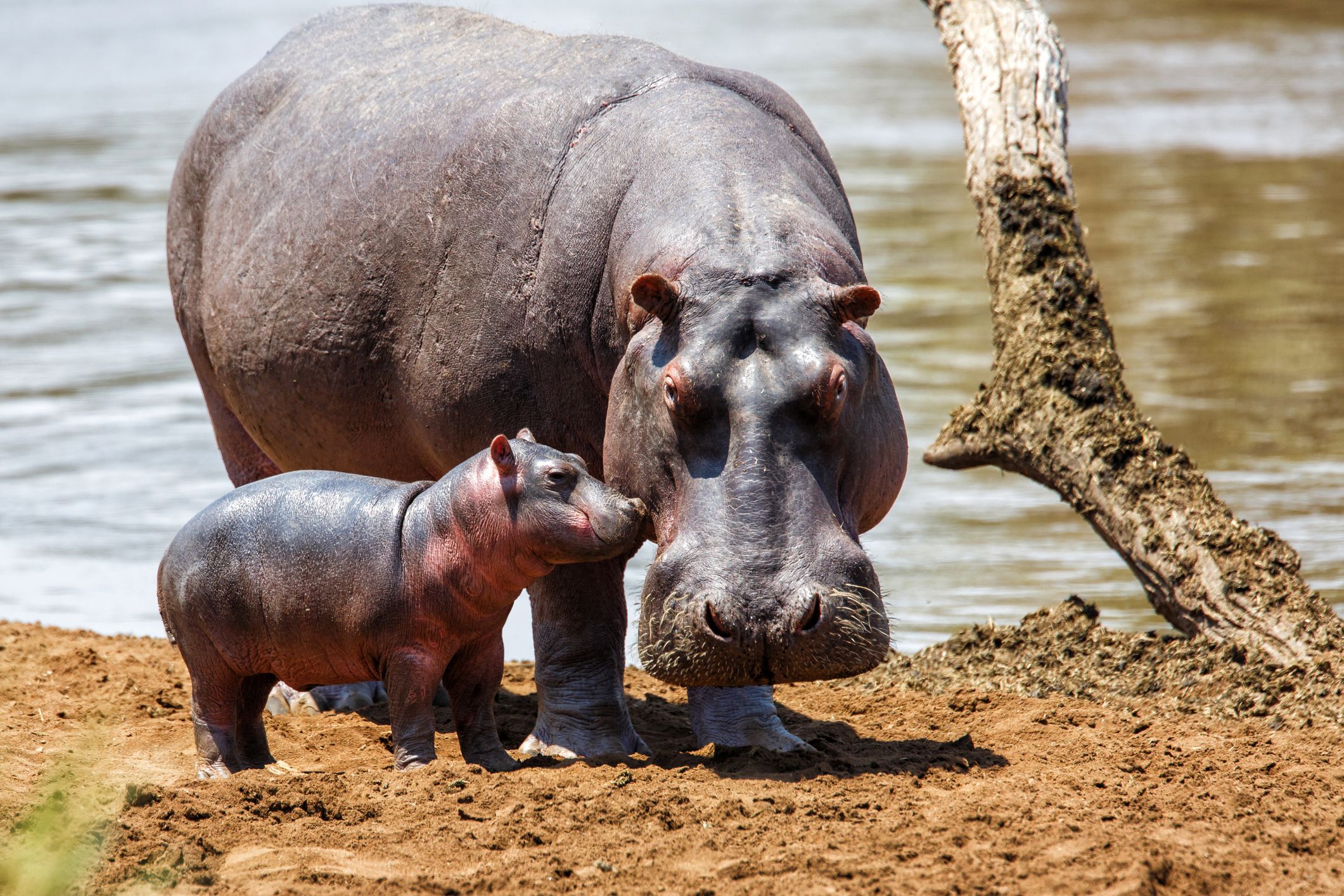Learning objective
- To recognise simple rhythmic notation by ear and by sight.
Success criteria
- I can recognise and name note rhythms when
This content is for subscribers only. Join for access today.
National curriculum
Music
Pupils should be taught to:
- Listen
This content is for subscribers only. Join for access today.
Cross-curricular links
- None.
This content is for subscribers only. Join for access today.
Before the lesson
This content is for subscribers only. Join for access today.
Lesson plan
Recap and recall
Display the Presentation: Gimme five! Arrange the children in pairs and ask them to come up with five things they remember from the last lesson about how to perform the Dragon Ships song.
This content is for subscribers only. Join for access today.
Extended-mode explainer videos
How to extend your display to view the lesson page and preseantion mode simultaneously. Choose your operating system below to watch the video
If you need further support with extending your display,
please contact [email protected].
Extended-mode explainer video: For Mac
Extended-mode explainer video: For Windows
Adaptive teaching
Pupils needing extra support
Could practise the Viking notation activity in the Main event at a slower tempo; could practise the rhythms on slide 1 in pairs first.
Pupils working at greater depth
Could lead a group in successfully clapping and singing out each rhythm; could create their own phrase to represent each rhythm duration.
This content is for subscribers only. Join for access today.
Assessing progress and understanding
Pupils with secure understanding indicated by: recognising minims, crotchets and quavers, often
This content is for subscribers only. Join for access today.
Vocabulary definitions
-
crotchet
A note lasting one beat.
-
duration
The length of time each note is played for (long or short).
This content is for subscribers only. Join for access today.





